Behind the longest 787-8 flight: interview with Comlux’s CEO, Andrea Zanetto
As we wrote in this article the Boeing 787-8, with registration P4-787, broke the record as the longest non-stop flight in history for the model flying between Seoul and Buenos Aires. The flight had a duration of 20 hours and 19 minutes and traveled a distance of 10,520 nautical miles (19,483 km).
Our Editor-in-Chief, Pablo Díaz, interviewed Andrea Zanetto, CEO of Comlux, to know more about this particular flight, the reason to do it, and to find out about the company’s interesting business model.
- What is the reason to do this flight across the world, in this particular moment and with this particular aircraft?
–Behind this, there is a visionary, which you should know already because he is Enrique Piñeyro, and he is behind everything. Everything that happens to us, the aircraft and the mission. He’s the one that talks about the mission and envisions the mission. He wanted to make this test. I would say he’s an aviation passionate, he’s definitely passionate about Boeing, and in the end, he loves flying as a pilot. He is a professional pilot, he did that in the past and then he stopped but is still really professional and he went through all the process of qualification. A very long and complex one on the 787, because it is the standard of our European regulation and plus the Aruba one.
And with a set of also other experienced pilots, 6 altogether plus an engineer, he has launched his mission, which has to do with flying the aircraft. He has plans for the aircraft that are not disclosed but for now, we can say that it is a very unique operation.
- It was labeled as a world record even though there is a longer flight, but for the type and in this particular mission I am sure that it should be.
-Yeah, it was not clearly explained but they still believe is a record. I’m not sure if you’re referring to a longer flight. Did you track that in your records?
- Yes, there was a 777-200LR in 2005 that performed a demonstration flight from Hong Kong to London Heathrow in 22 hours. The distances themselves are a bit longer too.
-That’s very strange because you know the cities are in the antipodes, so there is no other city pair that is longer than this one. So, they claimed it was longer just because they had a longer route. Our calculation is based on the city pair on the great circle, so there is no other point in the Earth that is further away than this city pair.
- In the two cases they are exceeding the duration and the distance traveled by the Dreamliner they have taken a longer route.
-Okay, that is the reason. There’s always a difficulty to define the records, but I think it was for Enrique and for the team and everybody was the goal to demonstrate that you can reach the antipodes with this aircraft and in fact, it was demonstrated.
- Yes, I was thinking in fact that this particular flight is helping to know if a Dreamliner is available for Project Sunrise, the Qantas project regarding reaching London with the Dreamliner. So it is indeed a very important flight regarding to show the possibilities and the capabilities of the Dreamliner.
–I’m not a pilot, I am an aeronautical engineer and I do respect pilots for what they know but it was explained to me the fact that he has used this specific technique on getting approval for multiple flight levels and he was increasing the level every few minutes in order to ensure that the optimum balance between the height and weight was reached all the time, which is not a typical process that airlines do. In this case, he has achieved less fuel consumption and the amazing part is that he landed with 8.2 tons of fuel left, which means they still had another one hour and 30 minutes plus to fly plus reserve. So he landed in Buenos Aires and then went to Punta del Este but in fact, it was not a full stop, it was because they wanted to land in Buenos Aires and therefore it’s amazing to say that you can do more than that. They could bring up to 80 passengers and still make it in terms of payload. It was not limited by that, it was limited only by the capacity of the tanks.
- One of the differences with this record flights that are recorded is the number of passengers. In the 777 I mentioned there were pilots and 27 passengers so there is a difference in the capacity of the flight. I mean if you are using that for a particular mission, this is one of the differences. Even if the mission is not disclosed, if you are doing the flight for a particular mission that is not demonstrating, being able to carry 80 people is quite impressive.
–That is the thing about the flight. I think on our side that we supported, that we are a company specialized for long-range, wide-body and worldwide operations. We truly fly everywhere in the world, and that is not like many of the airlines that are focused on a specific area. We have aircraft placed everywhere in the world, from the US to Hong Kong and further to the Philippines so we are used as a team to work in multiple time zones with multiple countries, continents and with all the issues that the crew faces during the transitions. And nowadays the COVID adds complexities. There were a lot of regulations to be fulfilled in order to ensure that we could be accepted into the countries we flown so they did around 20 tests during those trips and they were safe. Organizing the hotel, the car, and everything is uncommon but of course, the merit goes to the crew because they did a fantastic job by flying the aircraft around.
- Regarding the pandemic, besides this particular flight, I guess that this whole year counting from March to March has been quite difficult for the aviation business rather than cargo. Has it impacted your business in particular?
-Yes it has. Fortunately, I would say Comlux is not only air transport, which we do, but it is first of all aircraft transactions. That means the aircraft sales and purchase, which during the crisis period is always doing well and better because there is a need for aircraft to be sold and also to be purchased. We do aircraft completion, cabin outfitting in Indianapolis with Comlux Completion and this is a business that is going well, is a long term business so you book 2-3 years in advance and the hangar is full, and we just have no space for more capacity, so this activity goes very well despite the pandemic. Of course, they have been very careful with all the restrictions to work on shifts and to take all the measures, but they are doing well. And now America, fortunately, is getting out of the nightmare, probably faster than the others. So the team in the US is working full time and quite well.
We have also the air transport business, the one I lead, which is Comlux Aviation based in Malta and we have three AOCs. The Aruba one, where the 787 is registered, we have the Malta which is the main one where we have all the operations as well and we have the Comlux based in Almaty, Kazakhstan. Here we did not see a big impact for the aircraft that are owned by our clients, that were still willing to fly the aircraft as much as they could with some limitations. We supported them greatly with all the current restrictions to reach their destination when needed. The charter business has been impacted, especially the charter of the big aircraft because it means long-range, means intercontinental, means big groups and therefore there is no need or no possibility to fly this type of missions. We are specialized in governmental missions and royal families. In this area we have been impacted, but we have a feeling that things are going to be better, starting in May. Especially in the Middle East, where probably things will restart first because they are in good shape and improving. Specifically, our flagship is the 767 because the interior is head of state design and we have a fully refurbished aircraft, so now is equipped with the latest technology for communication, also for COVID protection. We have this ionization system that works very well and protect all the passengers and the cabin.
And then we also have the 777 Crystal Cruise, it´s pretty unique. I would say that there are no other aircraft like these two, 767 and 777, and they do not compete because they offer different types. The first one is for governments or royal families and the other one is for group corporations bringing top-level executives or soccer teams; sports were being very successful. So now this business suffers a bit. We still did some flights, but of course, we are not busy like we were in 2019 and we expect during the second part of the year to be back again strong.
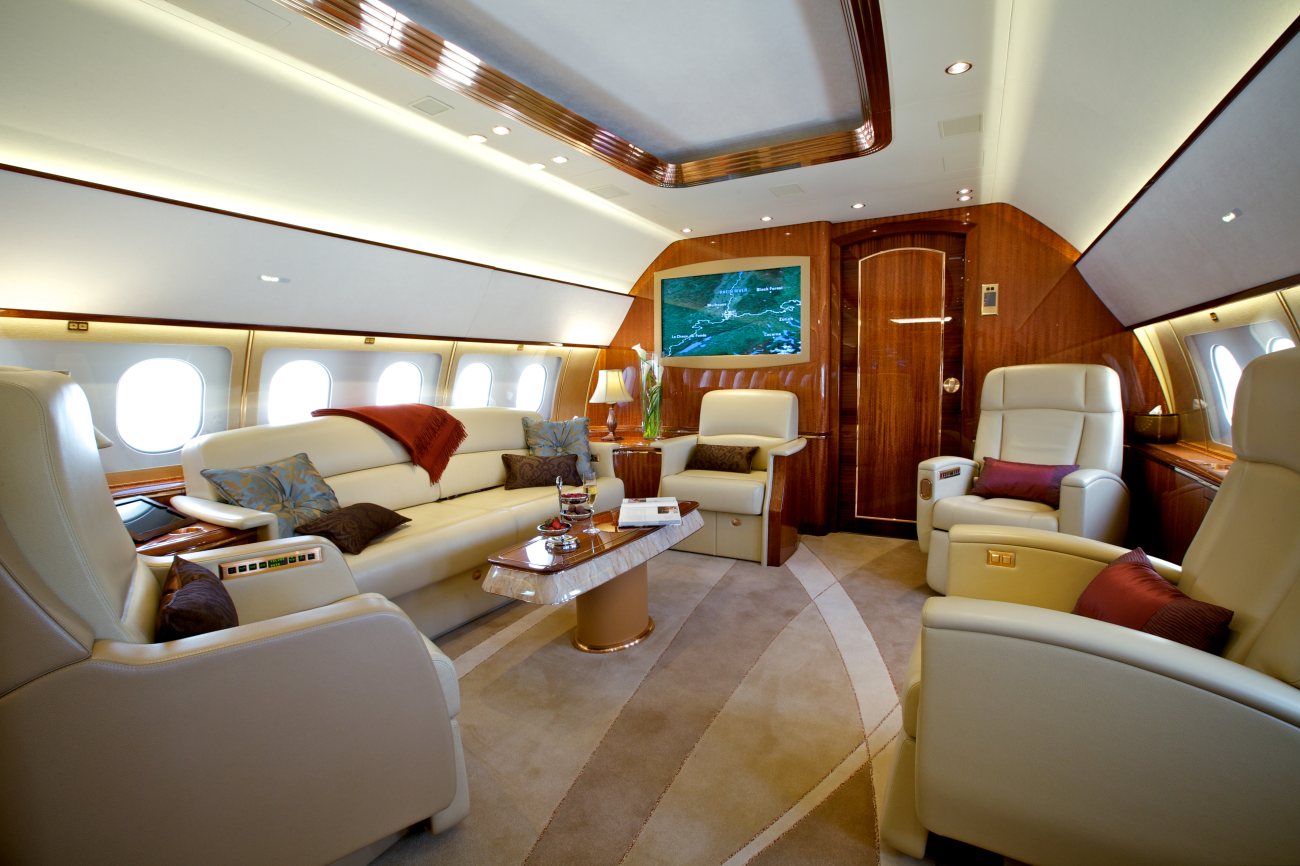

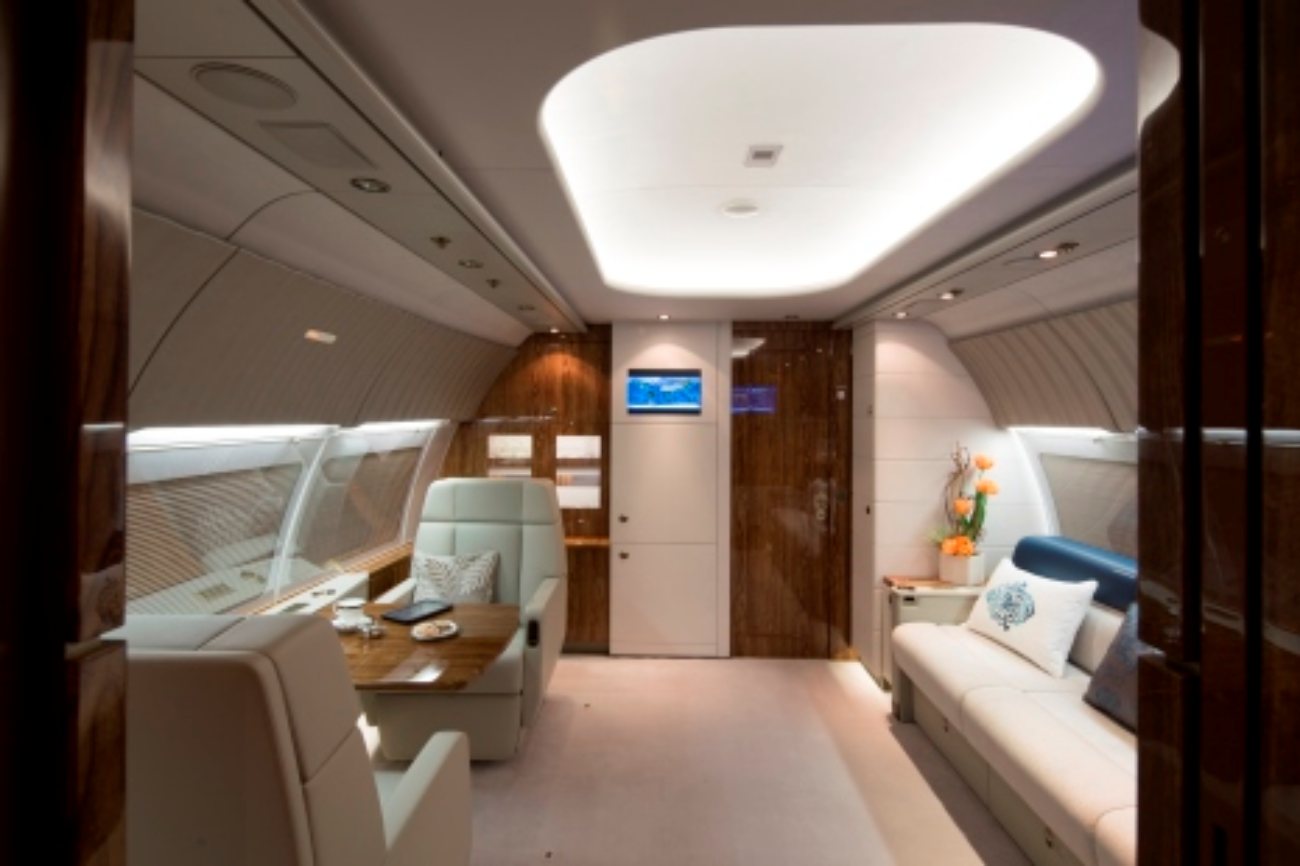
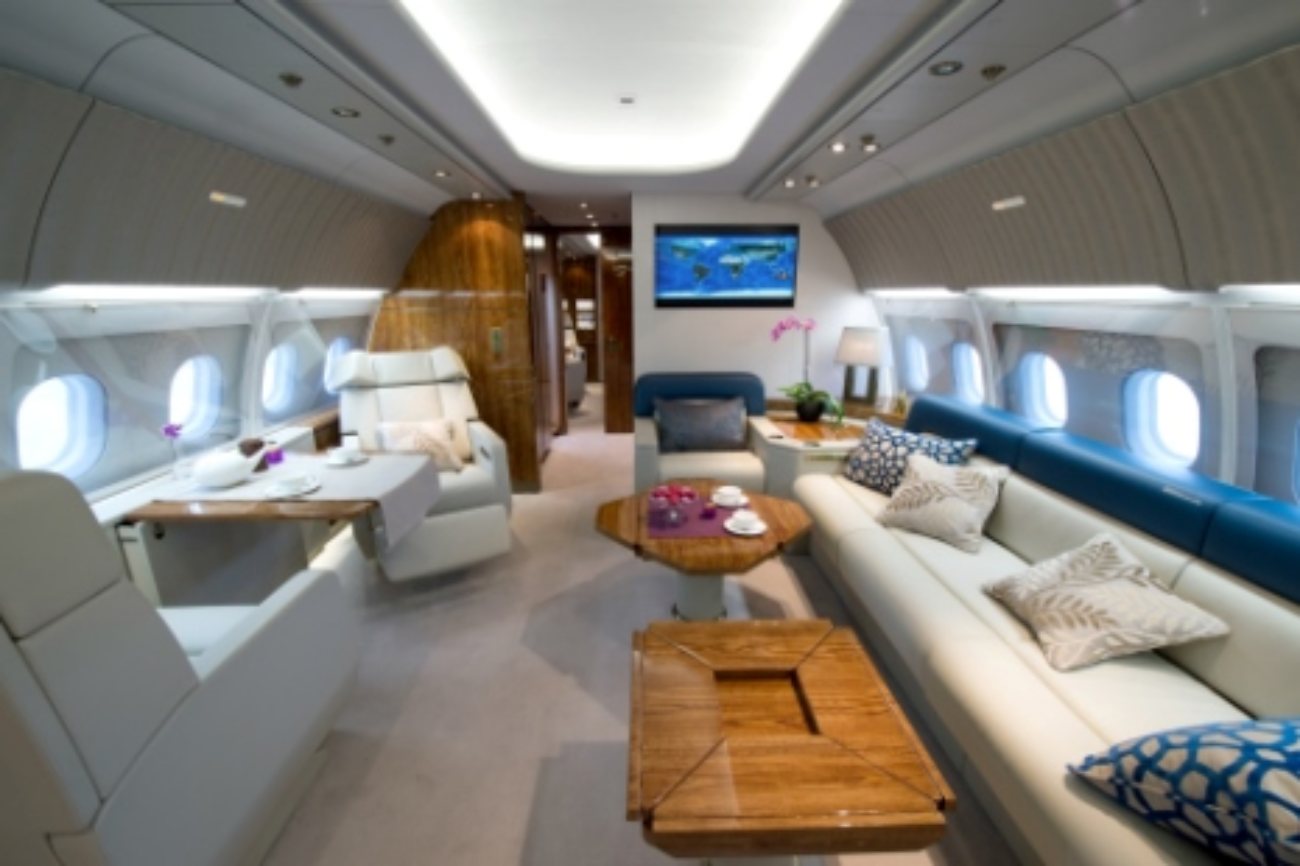
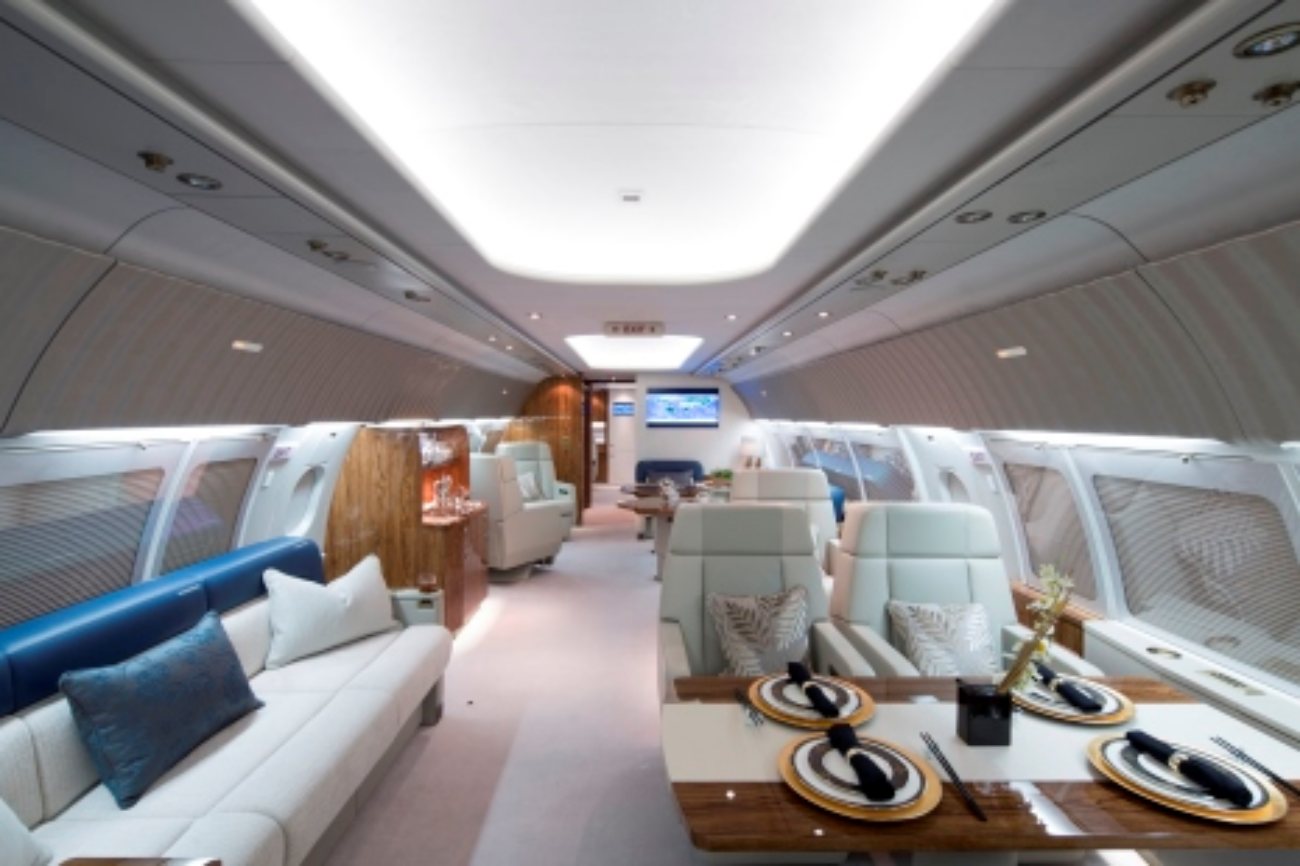
- I saw that you have an order for an A220 to convert to ACJ.
-This is probably the most important project for Comlux since the start, which was in 2003. We have partnered with Airbus to produce the Airbus ACJ 220 together. So, from the first day, the ACJ 220 will be done together with Airbus and will be done by Comlux completion Indianapolis. The first green aircraft will be delivered at the end of this year and will go to Comlux Completion Indianapolis for the outfitting of the cabin. The cabin has been designed together with our expertise and with the Airbus view, so the cabin is a unique product and the aircraft is fantastic because it has the beauty of the (Bombardier) Global and the beauty of an ACJ 320, the Global’s range and almost the size of the Airbus. So basically, you can really travel in luxury with the space that you enjoy in an ACJ but with the range that you need for most of the missions, which is 5,600 nautical miles.
- I was thinking when I saw in that time the Bombardier C300, now the A220, the possibility that the aircraft has for growing. I would like to ask you about why an A220 and not an Embraer.
-There’s a good reason because of course, the platform of Airbus everywhere is very important, so Bombardier decided to dispose this business to the benefit of Airbus. I was renaming it but it is not only renaming, the product is still the same but of course, there’s Airbus strength behind -which is huge- in terms of capability to produce the aircraft reliable with all the parts, with all the support that you expect from an Airbus aircraft. In fact, Bombardier is great, but Airbus is amazing, especially because the aircraft will fly for airlines, so the availability of parts, support, of maintenance, and training of the pilots will be second to no one. That is the key. Embraer is a great company -by the way, I was an employee and really liked the company- but of course, with the air strategies is a little bit more difficult. The aircraft is beautiful, we like it and we have operated the Lineage on the corporate jet. However, I think this aircraft is much more modern. I think that it’s definitely a baseline that will stay for many years ahead.

- Regarding fleet, I saw that you have a wide variety of aircraft, I mean you go from a 777 to a PC 24. How is that in terms of managing the fleet?
-In commercial aviation -where I spent my last 20 years- the unique type, the big fleets, the reliability of simple fleet is very important. In business aviation, there are different rules in fact and it is possible to manage in a reliable way smaller fleet with multiple types. First of all, their utilization is lower. We have to realize that probably is around 1/6 of the utilization of normal airline or low cost so the time to dedicated to the maintenance is higher and the dedication that the specific engineers have on the aircraft -always dedicated to only 1 aircraft- is amazing. The quality level of the aircraft systems is very high, much higher than the normal standard airline. The reliability is very high. Anyway, for this simple reason operating Airbus and Boeing will allow us to reach maintenance and parts all over the world. It’s easy, you don’t need to have to spare parts yourself when there is easy reach with the humane suppliers and partners. Bombardier as well has developed very much on that so we do operate globally very reliably.
The other types you have to be supported by the manufacturer and to take the example of the Pilatus, they have great support. It´s amazing to operate this small aircraft at 50, pretty modern inside. We have flown and it is very comfortable inside and very reliable, we never had any issue with that.
It is a learning curve, the team has to manage multiple aircraft and of course, it takes time. We’ve been in the business for 18 years, we started with Bombardier and then got into Airbus, Boeing, Gulfstream, and Embraer. There is a bit of specialization for each day. You’ll see the AOC of Aruba is the Boeing fleet from 737 to 787. It is challenging and it was amazing for me to enter into this business but it’s pretty typical as well of business aviation.
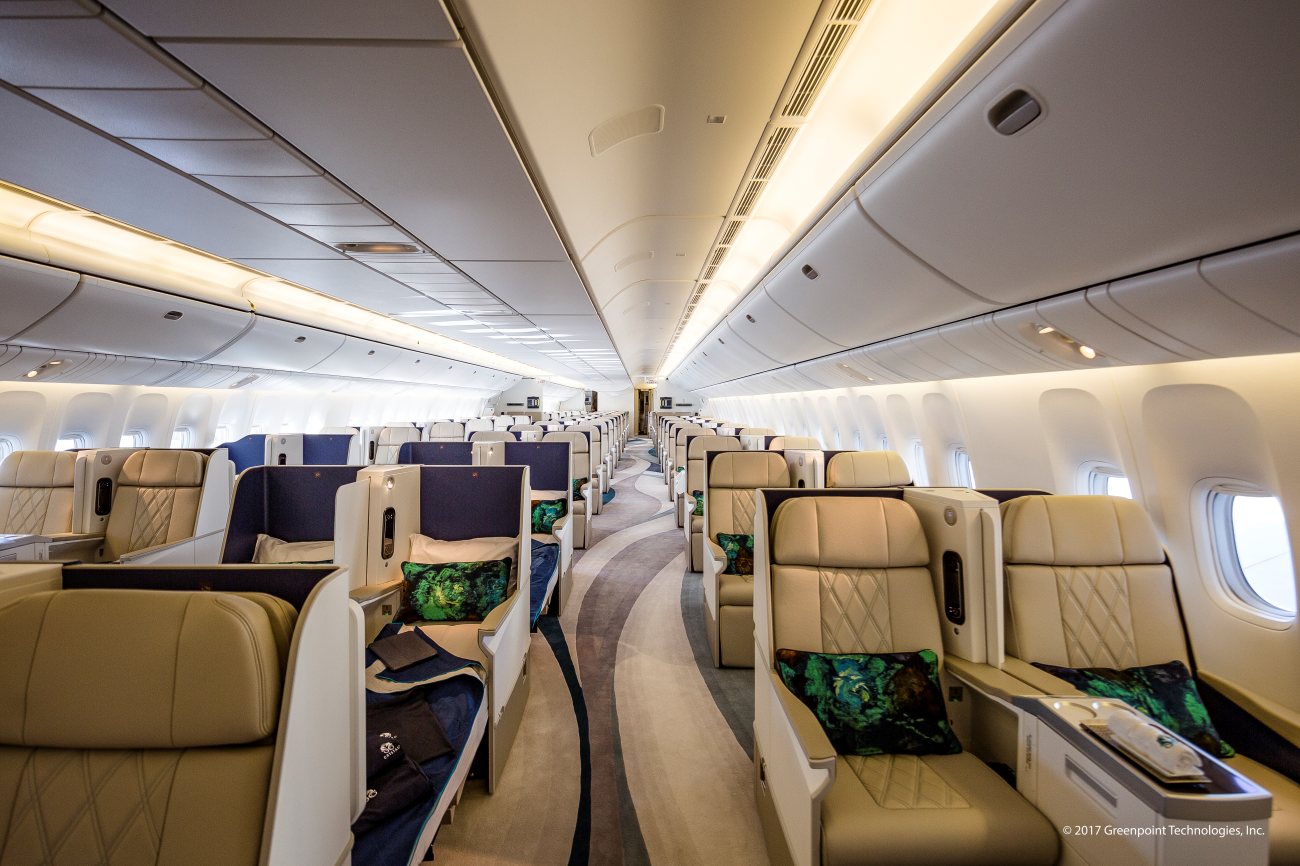
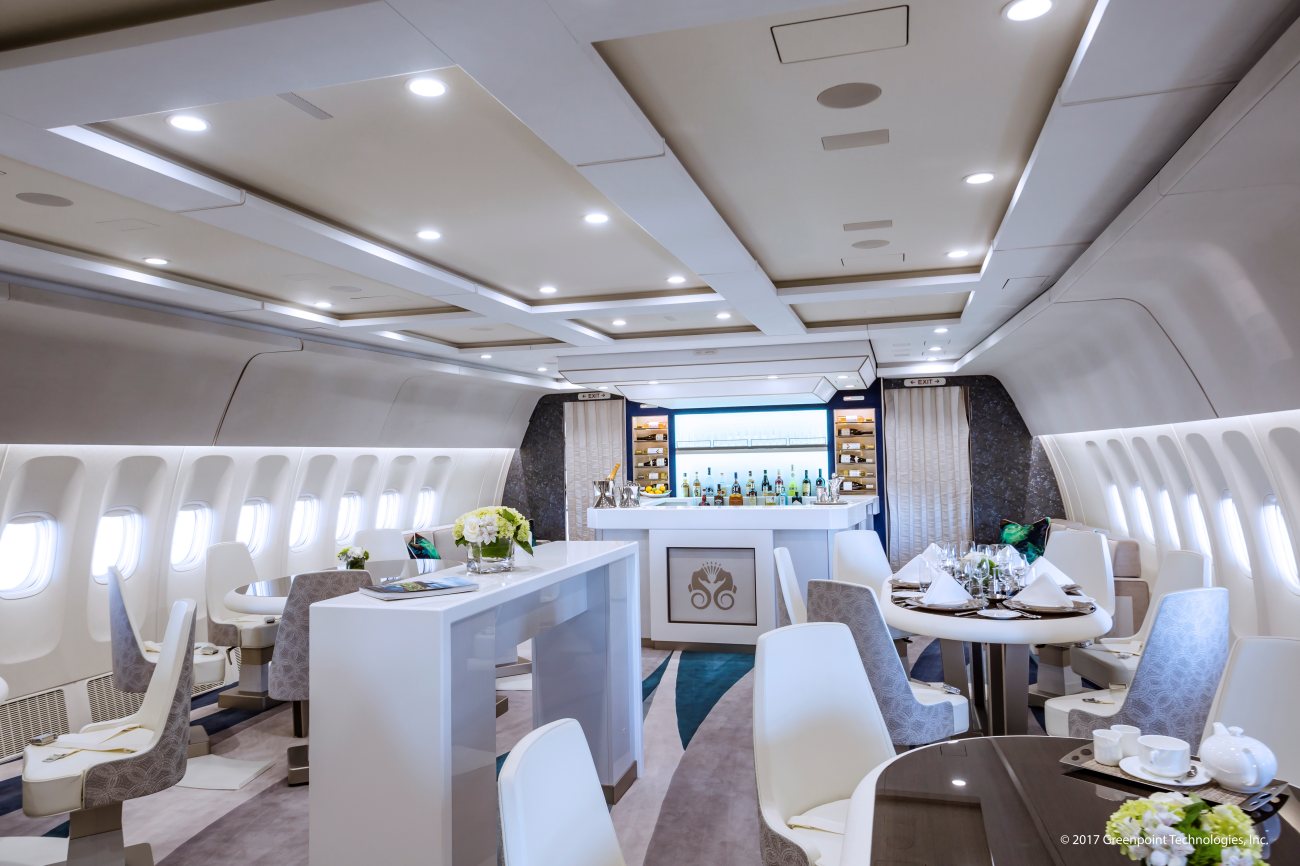
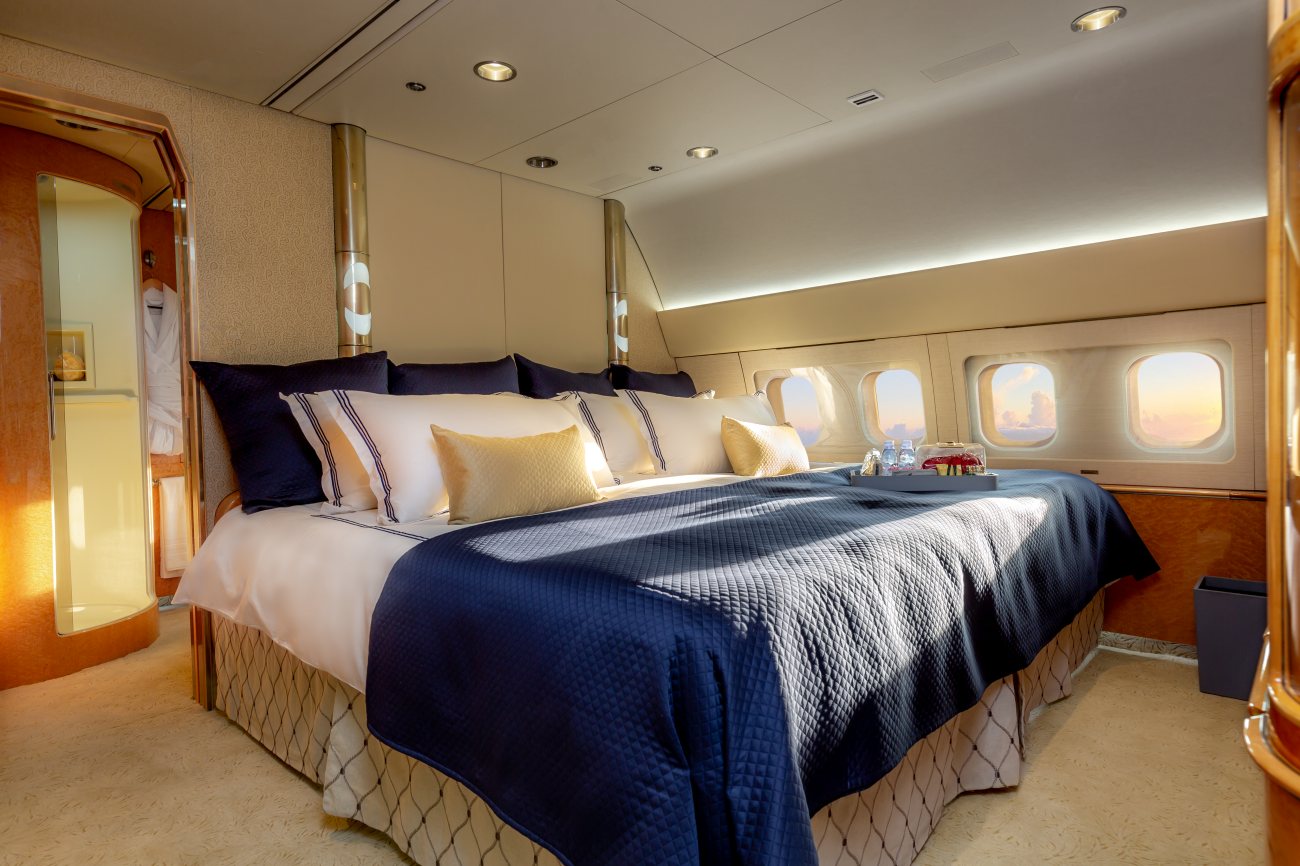
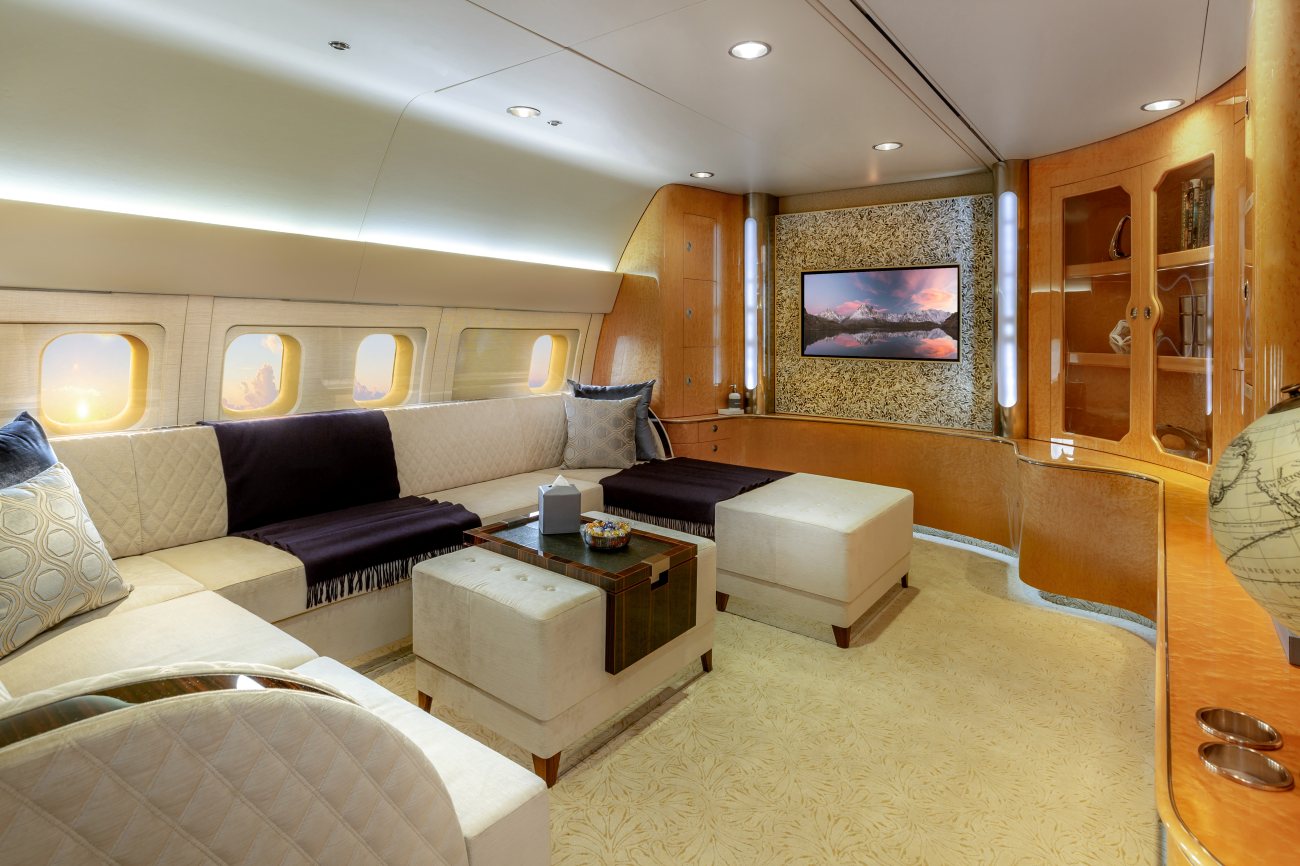
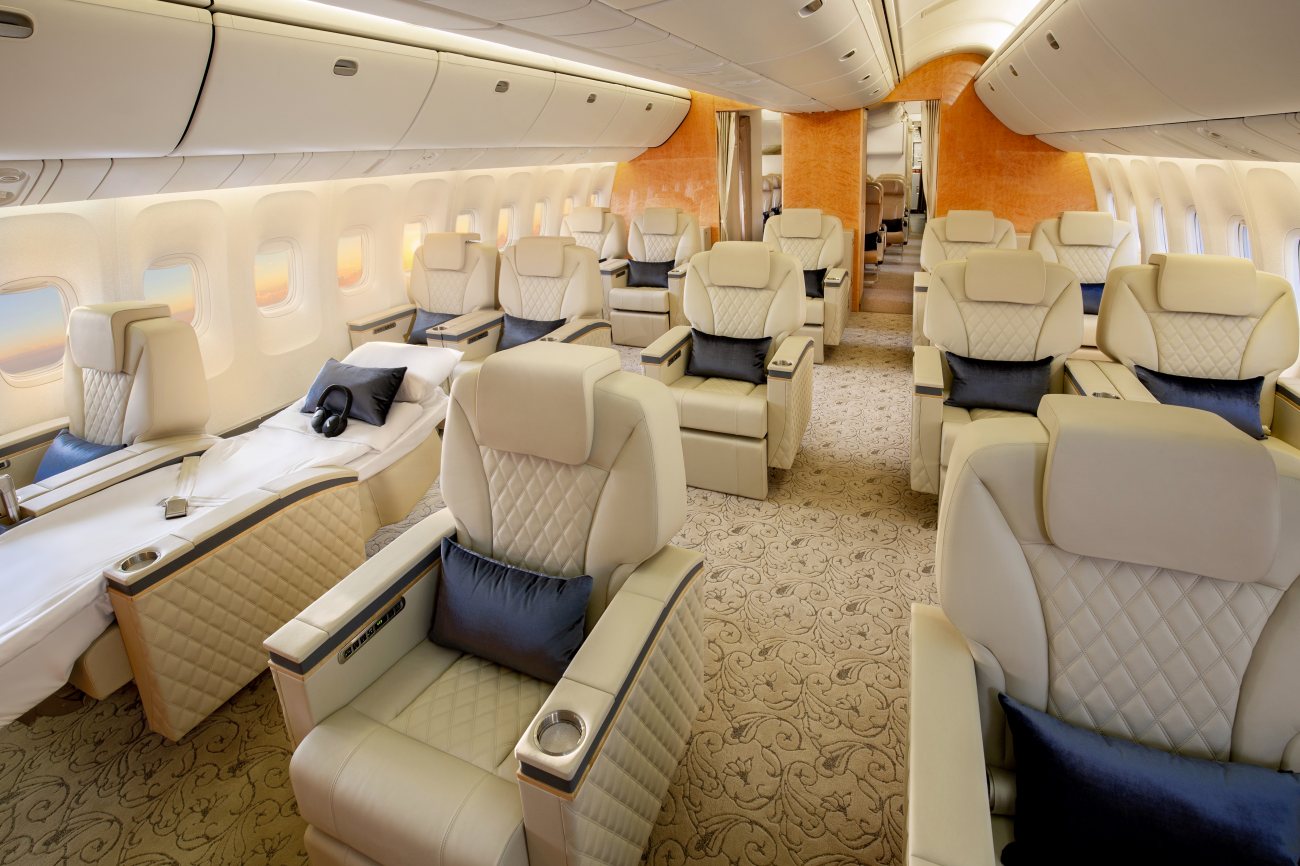
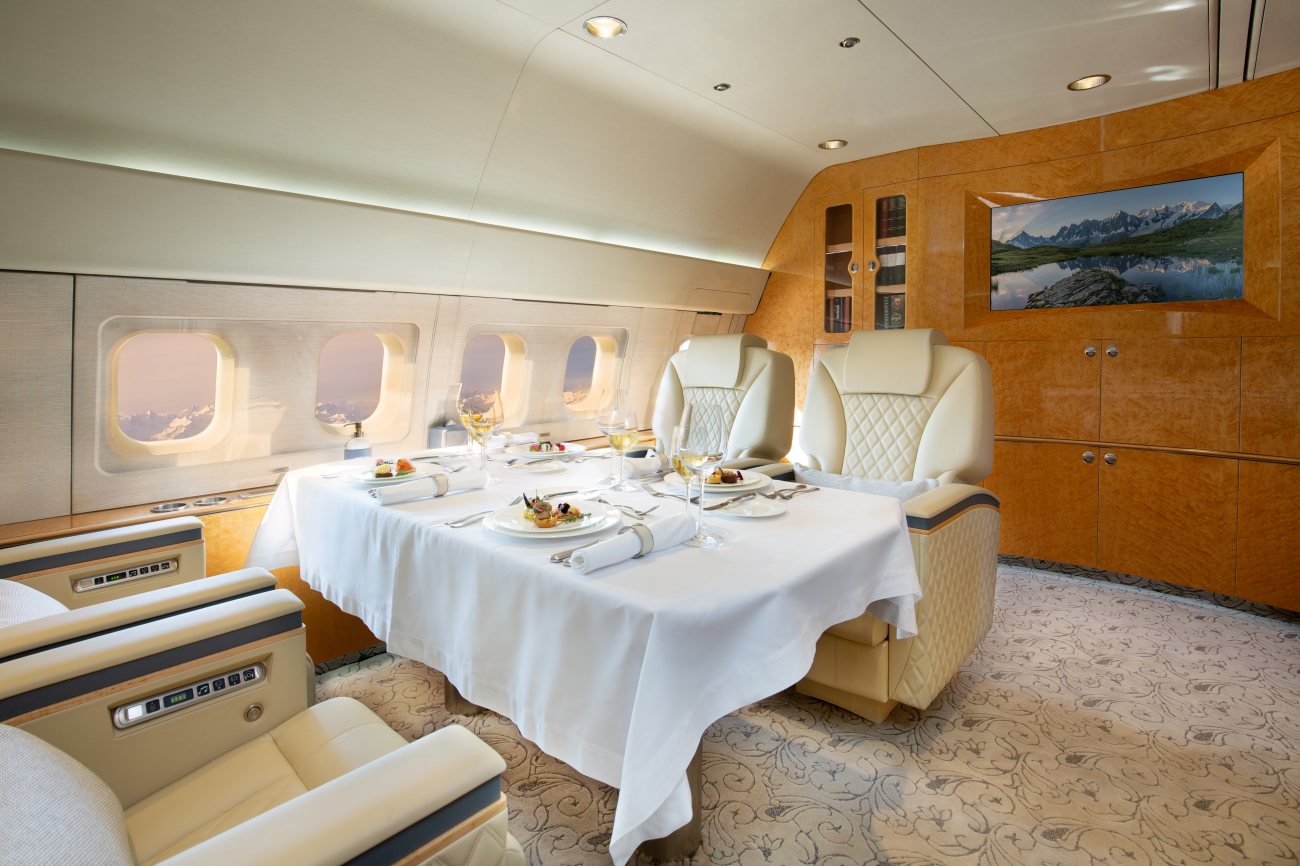
- Regarding these products, I saw you have a couple of SSJ-100.
-We have purchased two, we still operate one. That was another amazing, challenging project of Comlux because we have purchased a Russian-based aircraft. The aircraft has been registered in Europe and sent to the US to have its interior manufactured and get approval under the FAA. So we had to put the three worlds of aviation -very important ones- the Russians, the European and the American altogether and it was not an easy job because each one has a say and we have to speak the same language at the end, which is aviation.
It was in the end successful and the aircraft is still flying, with charter and serving the ownership. It incorporated interior for the business environment.
- It seems if we’re trying to find a successful case for the SSG-100 I had to stick to your successful experience because there are so many operators that had faced problems and that is impacting on an aircraft that is a good aircraft. I mean, even though the aircraft is Russian, the variety of components that are provided by Europe and United States puts it in the same position like Comac C 919. So it’s basically the same thing but it comes to support, approvals and regulations, and there is the main challenge, not the aircraft itself but the environment.
– Absolutely, I fully agree. That was the challenge that we faced but we are used to working in different environments. We have a full team based in Almaty which is Russian speaking, same culture and we have full support from them for taking delivery of the aircraft and they became the experts. But then on the European side, we had to register in Italy and then in Malta and that is thanks to the international capability of our team. We have 42 nationalities in this company and we always find somebody that is able to talk with the right people. There are countries with the right setup of the equipment that you need to understand and find solutions for. This is exactly what happened. And then we went to America, the guys knew that our US colleagues were dealing with the FAA and they were very expert to get all the approval required. The international part of the group is probably the best feature and the value that we have in Comlux.
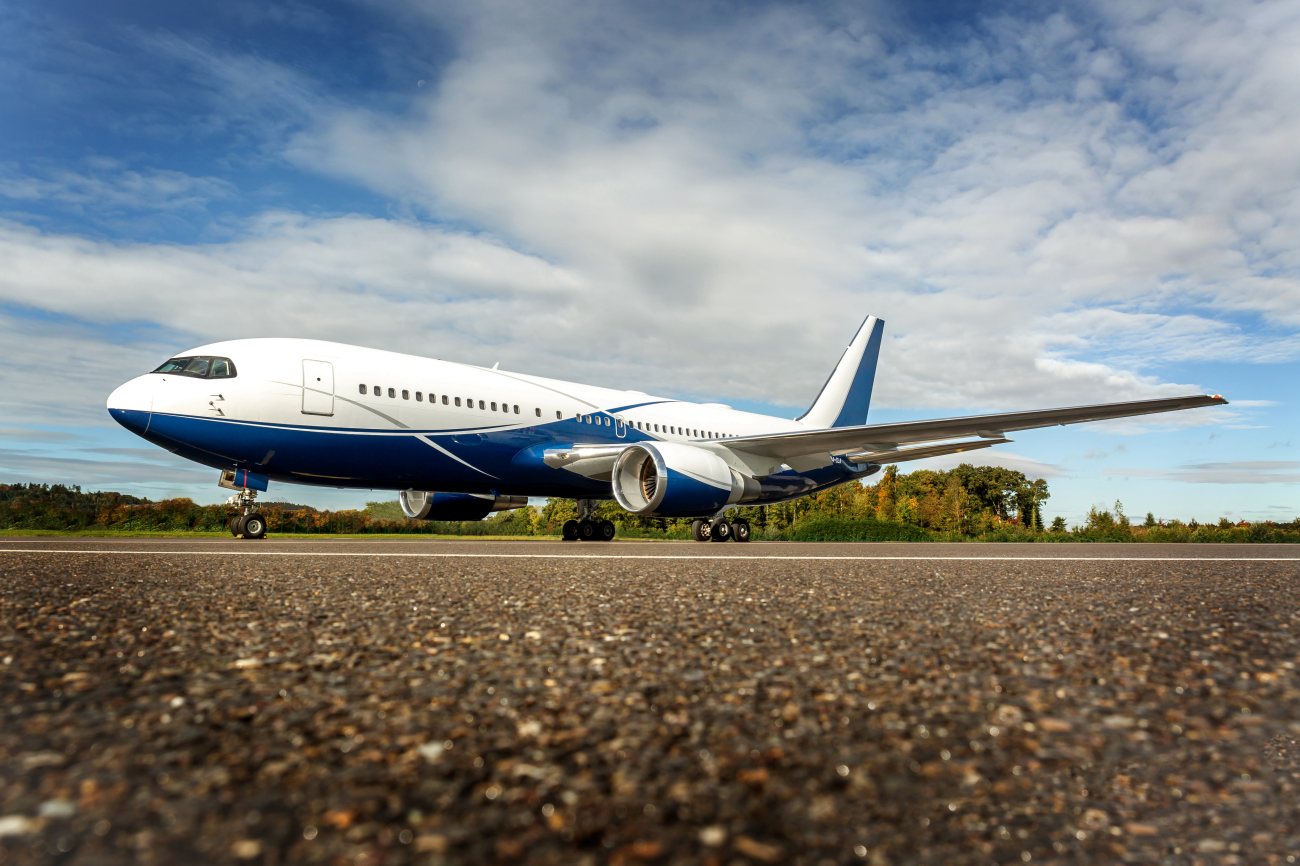
- One last question, do you have requests for Latin American customers, or is it a region that is far out of reach at this point?
We have a very important one now, which is Enrique Piñeyro, so definitely we have learned how to operate in South America with him. We have operated multiple times the charter business into and out front, even with the 777 to go to Moscow for the Soccer World Cup. But of course, these were the only charter flights and now we are seriously operating with a 787 based in Buenos Aires. So I would say that is a very good start. Aruba is in the same time zone and we have the general manager based in Aruba, which is quite acquainted, he is a top pilot of A330 and A220. He is very much liaising with the authority and liaising with the customers. Our team is 24/7 so in the end, the time zone is not important. We all have learned to cut the distance by using technology, so it’s not very important. It was a fantastic start and we look forward to having more customers in Argentina, or maybe in South America.
I just want to tell you that the mission that we did with Enrique Piñeyro is a fantastic one. In fact, we have united experiences, which is always very important when you do complex things. And the best that we have achieved is that we have put the team together as one team in order to make it work. And this is always the best that we can do with our customers. We cannot just plug and play. We need to understand what the customer wants, which are their own requirements. And then we modified our own procedures, processes, behaviors in order to reach what the customer wants. And this is what we have achieved with Enrique and previously with other customers, what I think is the main value of Comlux, to be dedicated and specialized in what the customer really needs in their very complex environment of flying wide-bodies, airliners or heavy jets.
The interview finished with a very interesting proposal that you will be reading in the near future. We thank Andrea for his time and kindness and you for reading us!

/https://aviacionlinecdn.eleco.com.ar/media/2021/04/Andrea-Zanetto-001-1.jpg)
Para comentar, debés estar registradoPor favor, iniciá sesión